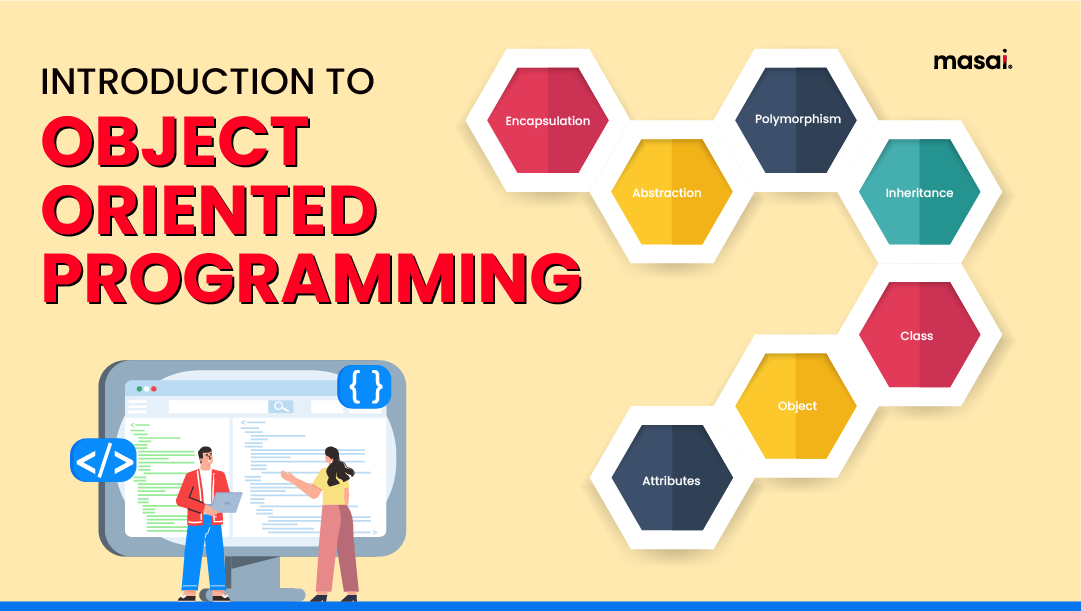Object-Oriented Programming (OOP) is a programming paradigm based on the concept of “objects”, which can contain data (attributes) and code (methods). It is one of the most widely used paradigms in modern software development due to its ability to model complex systems with reusable and modular code.
🧠 Core Concepts of OOP
Here are the four pillars of OOP:
1. Encapsulation
Definition: Bundling data and the methods that operate on that data into a single unit (class), and restricting access to some components.
Example:
✅ Benefit: Protects data from unauthorized access and simplifies code management.
2. Abstraction
Definition: Hiding complex implementation details and showing only the essential features of an object.
Example:
✅ Benefit: Reduces complexity by exposing only relevant parts of an object.
3. Inheritance
Definition: Allows a class (child) to inherit attributes and methods from another class (parent).
Example:
✅ Benefit: Promotes code reusability and logical hierarchy.
4. Polymorphism
Definition: Allows objects of different classes to be treated as objects of a common super class. The same method name can behave differently based on the object.
Example:
✅ Benefit: Supports flexibility and extendibility in code.
🧱 Basic Structure of OOP (Example in Python)
⚙️ Benefits of OOP
| Feature | Benefit |
|---|---|
| Modularity | Code is organized into separate objects |
| Reusability | Inheritance helps reuse code efficiently |
| Scalability | Easy to expand and maintain |
| Maintainability | Easier to fix, update, and test |
🔚 Summary
| Concept | Purpose |
|---|---|
| Encapsulation | Hide internal state and require access through methods |
| Abstraction | Hide complex logic behind a simple interface |
| Inheritance | Reuse code across classes |
| Polymorphism | Use the same interface for different data types |






